Over the last few hottest years, Alexander Hug has served as Principal Deputy Chief Monitor of the OSCE Special Monitoring Mission to Ukraine. On October 31, his personal mission in this case is coming to an end. Alexander Hug shared his vision of the situation in eastern Ukraine and views about its resolution in an interview with Ukrinform.
Q: After your mission in Ukraine seems to be over, do you feel you have completed your mission in Ukraine?
A: I'm leaving because there is a rule that one can serve only ten years in the OSCE, and I've reached this limit. The OSCE Special Monitoring Mission (SMM) has been sent to Ukraine as a result of a consensus decision of the 57 OSCE participating States, including Ukraine, and they will determine for how long it should stay in the country. The task of the OSCE SMM is, on the one hand, to monitor and report, and, on the other hand, to facilitate dialogue. This is what we have been doing in Ukraine for the past four and a half years. In eastern Ukraine in particular, the Mission has been implementing its mandate for as much as the sides allow us to. Not always to its full extent because restrictions are imposed. The sides must do much more to enable us to help them implement their own commitments: to end fighting, to withdraw weapons, to de-mine, to disengage, to protect civilians. These are the tasks that Moscow, Kyiv, and certain areas of Donetsk and Luhansk regions – that signed the seven agreements in Minsk – have committed to. It is not a speculative assumption, it is a fact, and it is on paper in black and white. On a personal level, of course, I feel frustrated that this conflict is still ongoing; that we still registered thousands of ceasefire violations per day on a regular basis; that Ukrainians on both sides of the contact line are still dying.
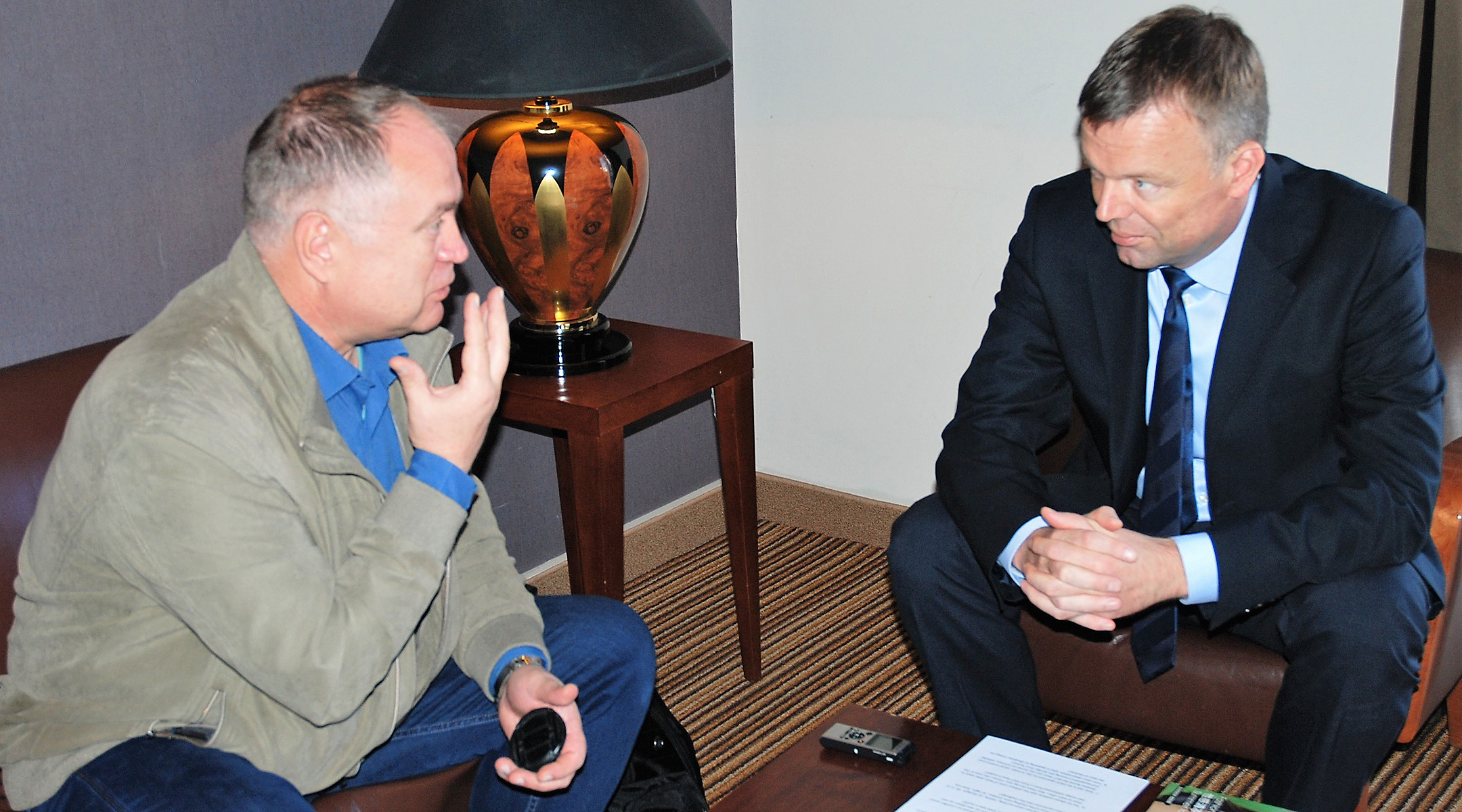
Q: For so many years of working in Ukraine, did you find a reasonable explanation for a blood shed in Donbas?
A: Speaking to the people – Ukrainians on both sides of the contact line – I hear that it is not their conflict. They do not understand why it has started and why it is continuing and not stopping. All they want is for it to end. The fact that up to 40 thousand civilians cross the contact line on a single day is another evidence that they do not believe in this contact line. It does not exist in their minds but it is the reality on the ground. We also know that the military part of this conflict may be resolved quickly. We also have evidence that every time when the re-commit to the ceasefire the number of ceasefire violations drops from thousands to almost zero overnight, over few hours. So, command and control seems not to be a problem. It does, therefore, take a political decision to stop or to continue.
Q: Should it be a political decision by Ukraine, or by somebody else, a sort of international one?
A: It certainly cannot be a unilateral decision. I am not suggesting that Ukraine should just put up its hands, put down its weapons and wait until somebody else does the same. I am suggesting that a mutual trust and simultaneous action have to be achieved. And the path for this process is Minsk agreements because this is where the measures have been outlined and this is something everybody has agreed to. There have to be disengagement and withdrawal of heavy weapons but not unilaterally. They have to happen mutually. Unilateralism would not deliver results in this case.
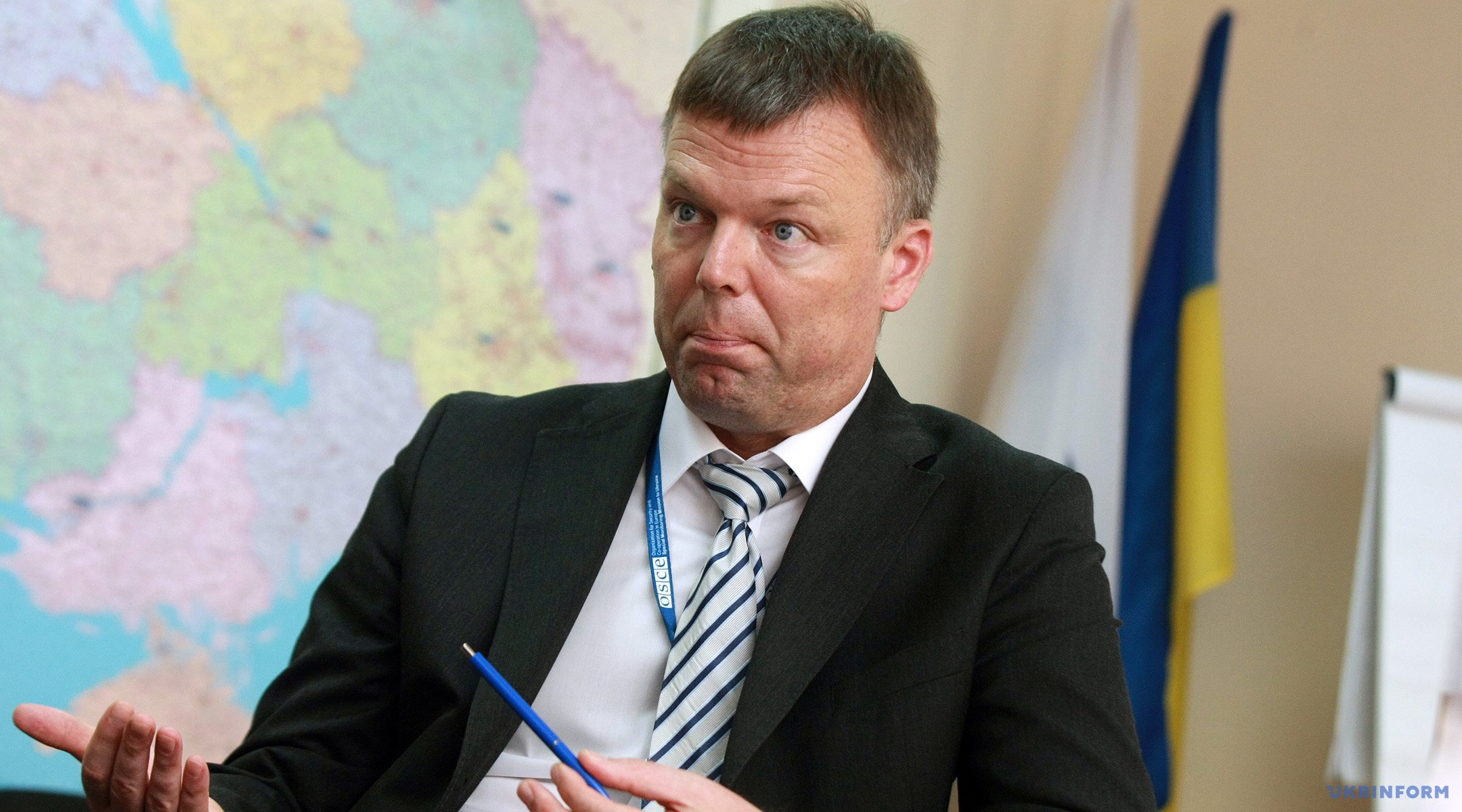
Q: From your assessment, how open and cooperative were the sides, let me say, on both sides of the contact line? What was a difference in their behavior?
A: First of all, I should be clear that we are guests in Ukraine. Our Mission has been invited by the Government of Ukraine, and we do have good relations with the authorities of our host country. The Mission interacts with the authorities in Kyiv, on the regional level, on the municipal level on a permanent basis. This relationship has been functioning and delivered result. However, SMM monitors are sometimes being restricted in their activities in the areas controlled by the government in eastern Ukraine. Mainly, it happens due to passive obstacles, such as minefields, and, on some occasions, direct interference. Most of the restrictions, including the passive ones but mainly the active interference, however, occur in the areas not controlled by the government. Not exclusively but predominately there. Of course, in the non-government-controlled areas we also interact with those in effective control and, at the moment, it is the armed formations. Such interactions are in line with our mandate that tasks us to engage with a range of relevant interlocutors.
Q: Have you met from the sides the same openness, readiness to cooperate?
A: I am not comparing the sides but it is important to know that we engage with everyone in Ukraine who is willing to engage with us. It is also important know that we expect everyone who does interact with us to do so with good intentions.
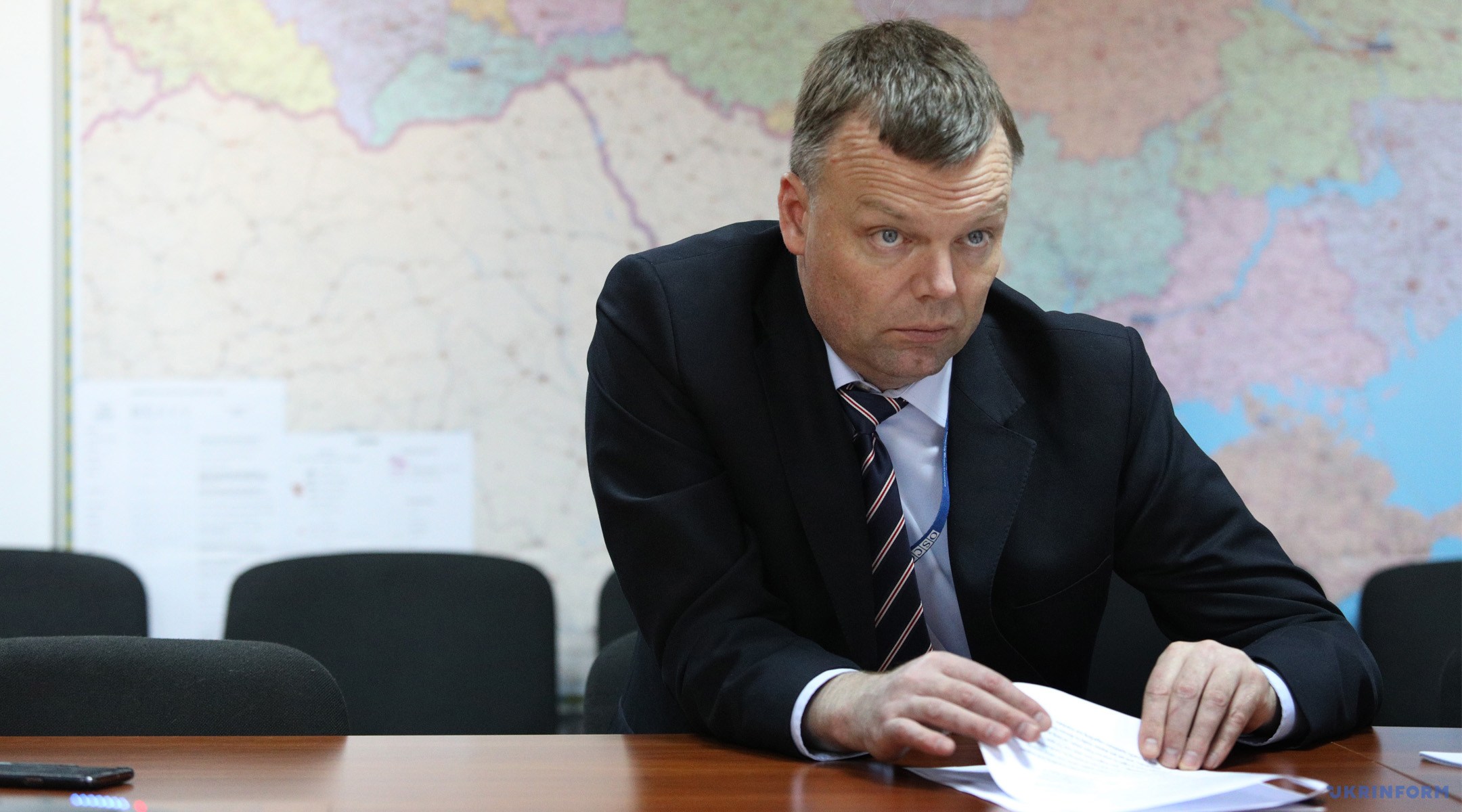
Q: How dangerous was the job of OSCE SMM personnel in the conflict zone? Did you investigate the case when an OSCE car was blown up and people died? If it is not a secret, what was a result?
A: The risks that we face are the same risks that many other civilians face. I want to be very clear about that. Hundreds of thousands, if not millions, of Ukrainians who live on both sides of the contact line, have for four and a half years been exposed to indirect fire, shrapnel producing weapons, unexploded ordnance, mines and small arms fire. These are the risks that our monitors are also exposed to. Unlike civilians we have some means to protect ourselves – armed vehicles, personal protection equipment, etc. Another difference between us and the other civilians is that we have a choice. We are guests here. Other civilians, Ukrainians, have no choice. We can leave, if it becomes too risky, but many others cannot. The tragic incident of 23 April 2017 is still in our hearts and minds. The incident as such was followed by an external inquiry. We also reviewed our security measures. As I understand, Ukrainian authorities have launched an inquiry as well, but as it happened in the area beyond their control, the ability to do that thoroughly is rather limited. We believe that the explosion that caused the death of our colleague was the one of an antitank mine. Following that incident and subsequent enquiries, the Mission has changed its operational posture but is still there, in eastern Ukraine. We, of course, take measures to prevent such incidents from happening again.
Q: It is known that OSCE SMM observers were working, mainly, on daylight. All or at least most cases of shelling were recorded at night. How did you and your personnel meet this challenge?
A: First of all, it is not true, that the SMM only observes during daylight only. At night, we have static observation posts i.e. monitors observe from their bases. We have also cameras – 22 at the moment – that operate during the night time. We also, of course, follow up on the incidents that happened overnight in the subsequent days. On many days we observed more during the night than during daytime. It is important to understand the reasons why we do not operate at night. It is not our choice; it is imposed on us by the sides. If they would ensure an environment in which we can monitor at night safely, we could and would be willing to do it. But, at the moment, and according to our own assessment, the night operations are not possible because the sides do not allow for an environment in which it can happen. This morning shots were fired close to our patrol around the Donetsk Filtration Station. That happens on a regular basis and our patrols do witness direct fighting, including in that area. So, the popular myth that if the SMM is in the area, then there is no fighting is also not true. This myth is particularly unhelpful because it suggests that we are a part of conditionality on the contact line, while we are certainly not.
Q: You've always publicly said the military units of both sides were too close to each other. Were during your mission the real cases of troops' withdrawal from the frontline?
A: Originally, there was some disengagement in the areas of Petrivske and Zolote. There has never been disengagement near Stanytsia Luhanska. These are three pilot areas, where we tried to test the decisions to disengage all along the contact line, which, ultimately, should happen. The success has to be measured by the action taken by the sides. Unfortunately, it is true that now we see more engagement rather than disengagement on the contact line that in extension can lead to more tensions, more fighting, more civilian casualties and more destruction of the property they depend on.
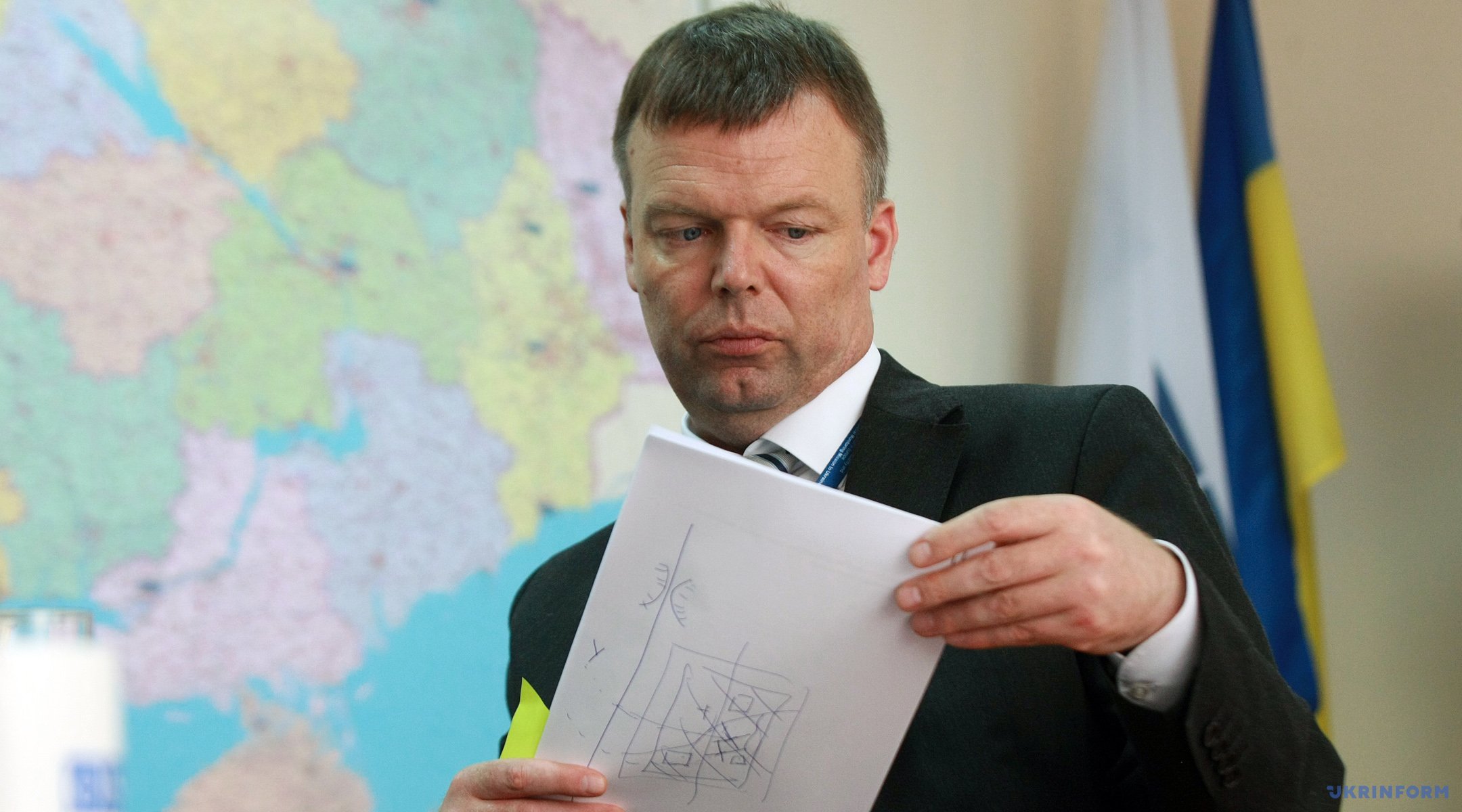
Q: How real is for OSCE observers to set, at least, visual control over Ukraine-Russia border? Do you have any access to convoys, vehicles and equipment crossing this border from Russia?
A: It is important to clarify our mandate. We have no executive mandate. So, the word "control" is misleading. We do not control anything. What we do is monitoring, reporting and dialogue facilitation. If you read our reports, you will see that every day when we are on the uncontrolled border-crossing points we see trucks, civilian trucks. Their cargo is covered, and we have no mandate to open them and to see what is inside. These tucks could carry anything – we don't know. But from our reports it is clear that these trucks coming across. In our reports, one can also see that there are humanitarian convoys. Just recently we have also told how another type of convoys is entering and exiting Ukraine in the middle of the night in the areas not controlled by the government. But, once again, the Mission has no executive mandate. We are not police, and it is not our choice, it is the mandate what has been given to us by 57 OSCE participating States. However, one should read our reports carefully, as there we describe what we see, and it is possible to draw conclusions from what we describe. One cannot say that this part of the border is tightly controlled, and any of these covered cargo trucks, and we see many of them, could carry anything – from vegetables to howitzers.
Q: How often do the drones used by the SMM to monitor the border come under fire?
A: The OSCE SMM deploys different types of UAVs. We have mini- and mid-range UAVs with fixed wings and long-range UAVs that can fly over 160 kilometers. It is also important that the latter category can also flight at night. For the first time, we deployed them between October 2014 and August 2016, and in that period we lost some aircraft as they have been shot down or they have been electronically disabled. The long-range UAVs came back to service in the end of March this year and have not been shot down since then but experienced again jamming – i.e. electronic interference – and were targeted by small arms and surface-to-air missile systems. However, the small and medium-range UAVs come under small arms fire on a regular basis.
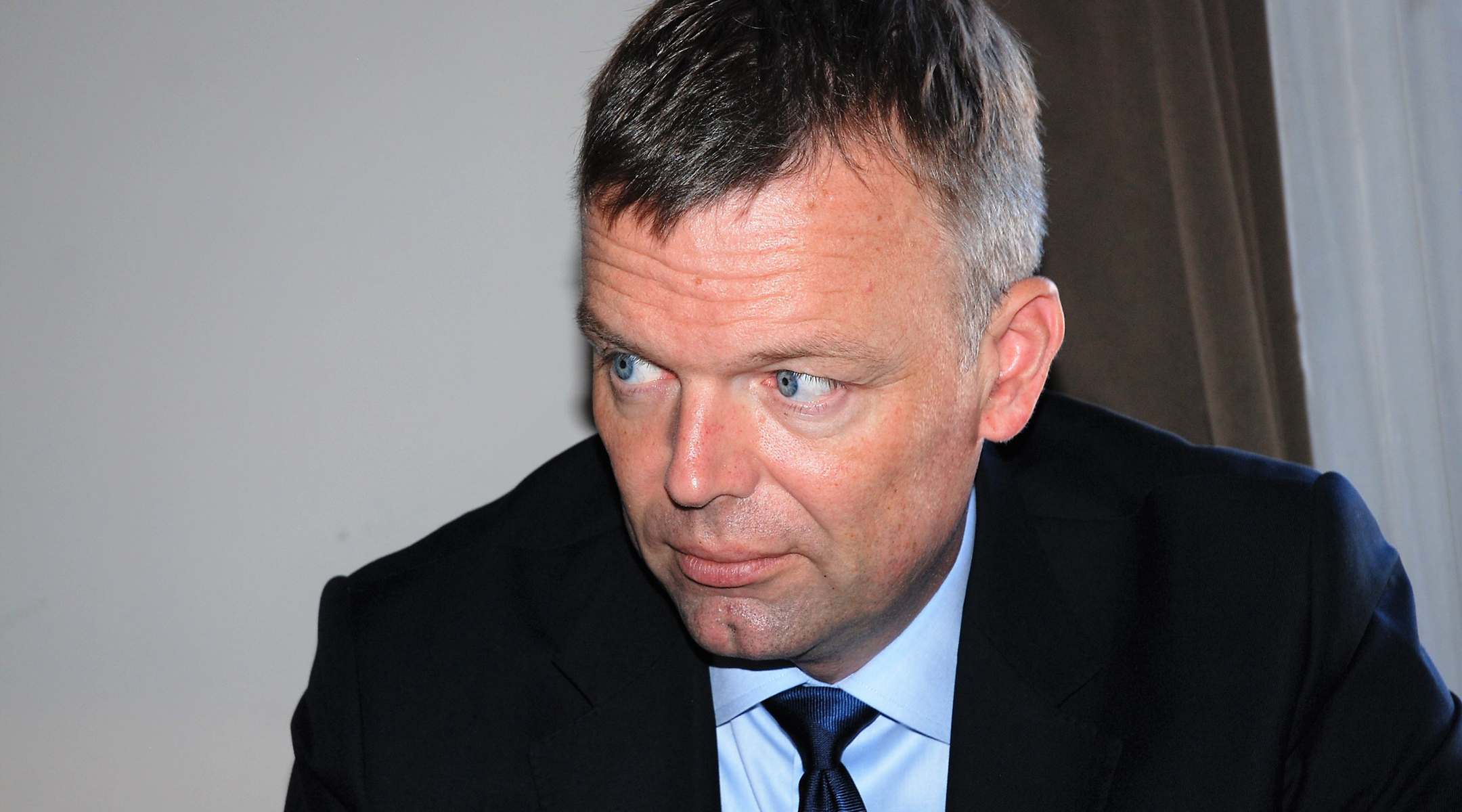
Q: Even keeping in mind a strict OSCE policy on neutrality, we cannot avoid this question. From your observation, who is opposing Ukrainian troops in eastern Ukraine?
A: These are armed formations, and we report about them on a regular basis. It is clear that there is a command over these armed formations because if, for example, they agree and commit to the ceasefire, it is partially happening. So, orders are obviously not an issue. It is not the case just in Luhansk or Donetsk regions as simultaneously more cooperative command exists between these two entities. They are clearly coordinated. We also recorded and have publicly reported about the hardware that they have, the equipment they use, and not just weapons, but also electronic warfare systems. We do not draw conclusions based on this as our task is to report facts. These facts are being made available publicly.
Q: How far-reaching are the consequences of the war in Donbas? Is it possible now to estimate the scale of destruction and measures that might be needed for social and economic restoration of the region?
A: I think you are right to suggest that the military activity can be stopped very quickly. We have seen for several times that it is absolutely possible. But to restore infrastructure, to rebuild what was there before conflict, what has been destroyed or not maintained in this period, will take quite a long time. There also should be mine action because any repair or maintenance works would not be possible without de-mining the area first. I think it will be a significant task but I am not an expert to suggest how long it will take or how much it will cost. In any case, the fight has to stop first.
Q: What kind of assistance could come from OSCE countries in this regard?
A: If the environment is right, I’m sure there will be an initiative launched in this regard. But I also feel that the Ukrainian authorities would have competencies to make these repairs or start the process by themselves. It could also be a good engine to bring people together internally.
Q: There are serious issues complicating the way out. For instance, Ukraine considers the war in Donbas as Russian aggression. Russia continues to deny its involvement. How could you possibly find common language between the two?
A: You know, and I said that for many times: pointing fingers for the past four and a half years has not led to any resolution. Trying to point the finger further will likely not allow for any solution either. I’m not suggesting that one should forget what happened and just brush it aside, - no! In order to get to the point when we can reflect about the past, we need to deal with the present. That can only happen through dialogue. Unless dialogue takes place, this will not end. Ultimately, this conflict is only to be resolved through dialogue.
I am not saying that this conflict is about Ukraine alone. The OSCE clearly defines this as a conflict in and around Ukraine. I’m, however, not commenting on Russia’s stance or position regarding Ukraine, or on Ukraine’s position. But there is a fact: Moscow, Kyiv and certain areas of Donetsk and Lugansk regions have signed seven agreements, in which they have committed to take measures to bring normalization.
Who has a part in this conflict is at this point less important that who has committed to bring everything back to normal. And those that I mentioned have committed to do so with signature. Rather than finding who is guiltier and who shoots more, one should start focusing on the measures agreed. Even more importantly – on the people who continue to suffer because those who have signed the agreements do not live up to their commitments. In the past four and a half years Ukrainians on both side of the contact line have been suffering day in and day out because those who have signed beneath these documents do not do what they promised to.
Read at least one of our daily reports – it is crystal clear. How can Ukrainians, who live on both sides of the contact line, be protected by those who claimed they would protect them? This is the shift in the debate that is needed. Now the sides mostly claim to protect civilians rather than actually protecting them. This must be changed. Pointing fingers will not help though. I am saying this is not because I’m a diplomat but because I know that pointing fingers will not bring any result. I would not be helpful to your leadership or to Ukraine if I also enter the game of pointing fingers. It would just be one more voice for one side or another, but it would not be able to help. I have, of course, my personal view on things, but I’m not here to put more oil to the fire. I’m convinced that this conflict could be resolved.
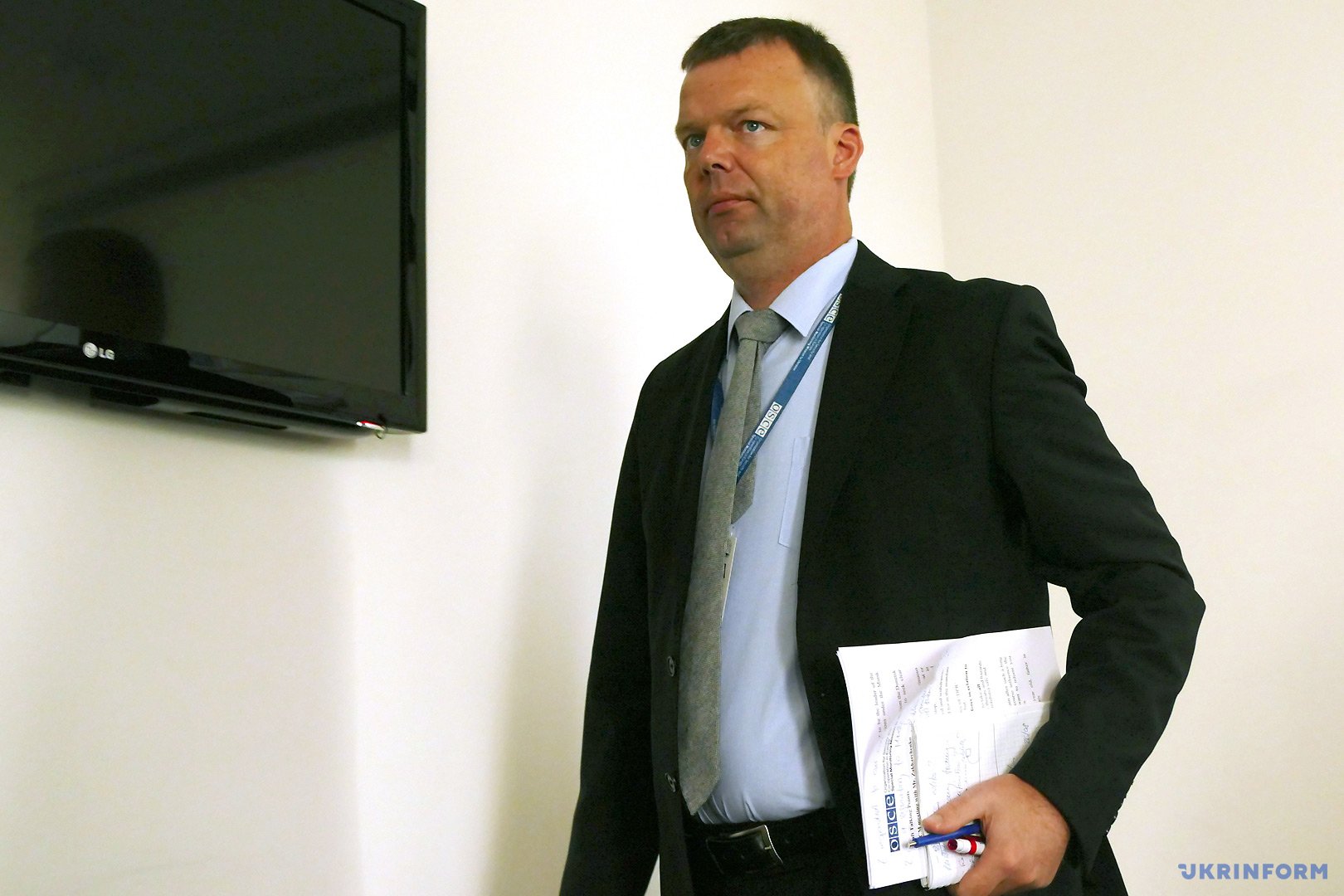
Q: The same issue – Russia does not recognize itself as a party to the conflict, so it deploys its representatives to the OSCE SMM. How trusted are these people? We know cases when Ukrainian military directly accused some of them of spying against Ukrainian troops on the frontline. Have you investigated such claims?
A: I understand how Ukrainians feel about that fact, and I have no right to judge them. The OSCE is a consensus organization. They have found consensus among many participating States, including Russian Federation. Otherwise, this Mission would not be there. It is also important to know that the participation of any States in the consensus also means obligations. Their participation in terms of officers in this Mission is comparatively limited. I think, there are 39 out of around 720 right now. The British and American contingents are almost 150, for example. European Union citizens make up more that 50 percent of all our monitors. So, it is relative in terms of the scale of the contribution. Another fact is that we have around 90 patrols on a daily basis. It is, of course, not even possible to have a Russian monitor in each patrol. Even if it would be, each patrol is made up of at least eight or so monitors. When they come back to the base, not one monitor decides on the report, they all have to agree on it. There is a build-in mechanism. We, of course, take any accusations regarding our staff seriously. There are robust measures in the OSCE to look into and deal with any allegations. If there is any evidence or even indication of any sort of misconduct of our staff that the government of our host country has, they should share it with us, and we would look into the matter. But this not happened before. It could be helpful to the Mission, and be it a Russian member, Swiss or Belgian member, we would carefully look into the allegations. Anyone who is not abiding by what we see as proper conduct should be held accountable. We would, however, not do that based on suspicion or passport. We will do everything we can to ensure what over 12 hundreds of our employees adhere to the highest standards of conduct.
Q: What could be your advice and general recommendation on how to restore peace in this area, in Ukraine?
A: I know, and you know, that Ukrainians never give up, that they are very resilient and persisted people. I also learned, and am amazed by the fact that no hate has really evolved like we see in other conflicts. People don’t speak badly about Ukrainians on another side. They could have different views about the government or about armed formations, but not about their compatriots on the other side. I do believe, as I’ve seen it with my own eyes that Ukrainians still don’t believe in this conflict. They don’t want it. And they don’t understand how they ended up where they are now. This is something I will not forget. I can only continue advising to be resilient. Without making any philosophy, I can only say this conflict will end because all conflicts end eventually. I know that this is not comforting for anyone right now but I know this for sure. This violence can end very quickly, if politicians, wearing suits, not uniforms, make the right decisions. And again, this conflict is not confined to Ukraine only. The OSCE clearly states that this conflict is in and around Ukraine. I know I’m not the one to say, but I suggest everyone not to give up believing that this conflict will end. Giving up should not be an option. Once again, I believe that this conflict will end. The earlier it happens, the better for Ukrainians, for Ukraine, the places around it. I feel that impact of the conflict on Ukrainians is something everybody is aware of, but nobody really talks about. There has been impact not only on people who, unfortunately, died or have been injured. There has been an impact on everyone.
Dmytro Shkurko, Kyiv-Brussels
Photo credit: Daniil Shamkin, Ukrinform
